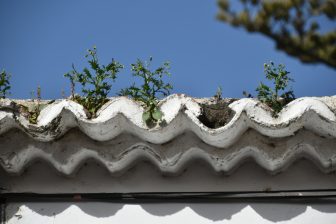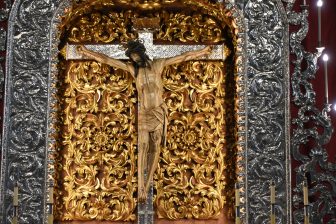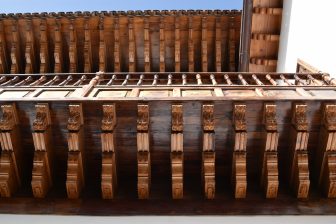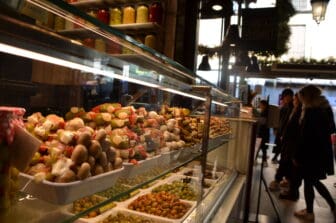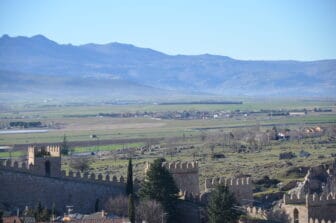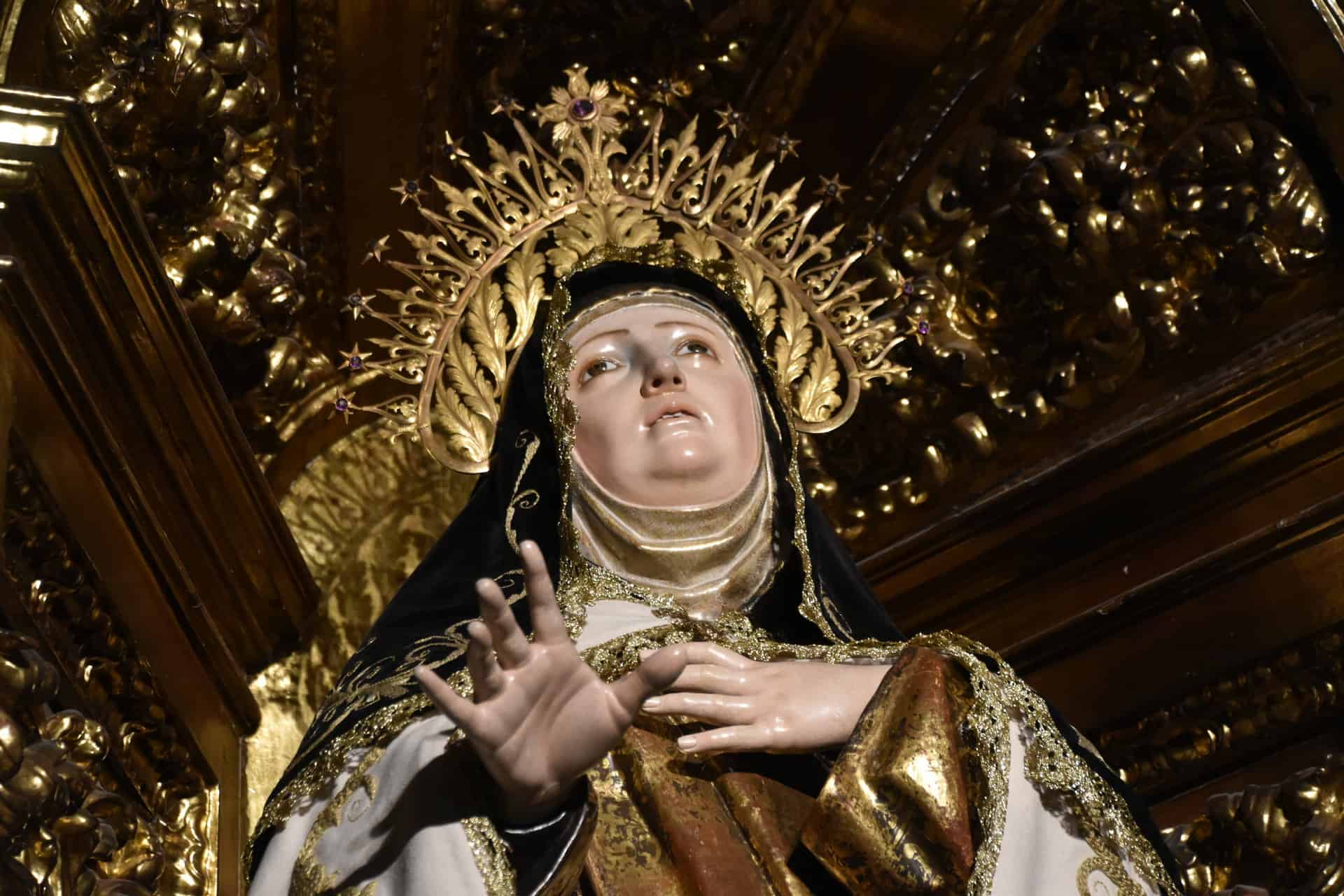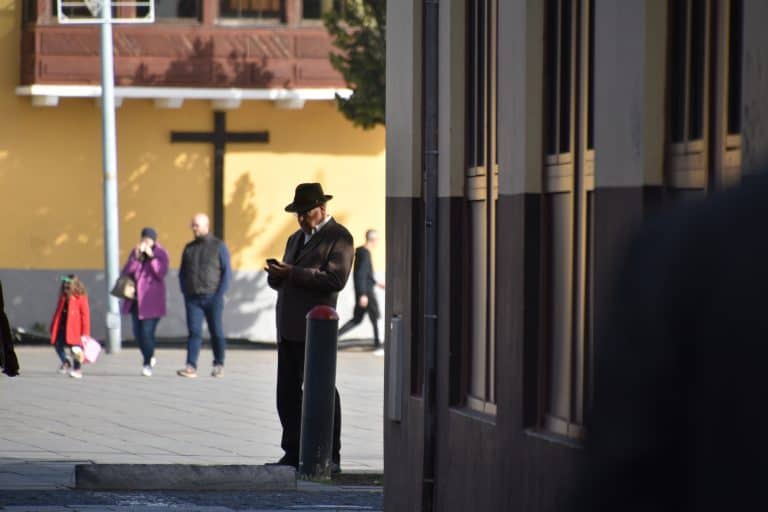
[ Dec.2018 ] Within Tenerife, one of the Canary Islands in Spain, historically, the first established town is La Laguna, where we stayed.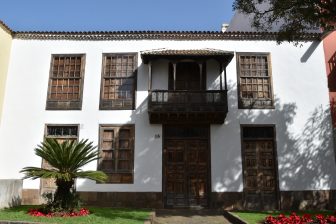
The proper name is San Cristóbal de La Laguna and according to the information magazine we bought later, it was built in the 15th century without a protective outer wall.
Before talking about the town, I will go back to the basic information about this island.
Tenerife is the largest island of the Canarian Archipelago with a surface area of 2,034 square kilometres.
Before the conquest by the Spanish Kingdom of Castile in 1496, people called Guanche, who were originated from Berbers, lived here.
Spanish people who succeeded in conquering Tenerife seemed to have behaved very badly, using the Guanches as slaves.
Our guidebook says that this could be the first case of colonialism in the world and it was modeled for similar colonialism later in the Americas.
The Spanish landed at Santa Cruz on the shore and built the capital here in La Laguna, which is a little inland.
La Laguna was the capital of the island until it was moved to Santa Cruz in the early 18th century, so there are many historic buildings left here and in 1999 it was listed as a Unesco World Heritage site.
On the second day after our arrival, we walked around the town.
The weather was nice and warm and we did not need our jackets.
In fact, the tourists from northern Europe were wearing summer clothes, short sleeve shirts with shorts.
The light was so strong that the colours and shadows were very clear.
There were so many scenes that we wanted to take photos of.
When I was taking a photo of the plants growing from the roofs, which seemed common here, a middle aged man called out, saying something to do with ‘primavera’.
I do not speak Spanish, but I guess he was saying something like “They will flower in spring. Why don’t you come and take photos in spring”.
I felt that the colours and the designs of houses were similar to the ones in South America, such as in Cuba or in Colombia, and sure enough, according to our guidebook, the layout of the town provided the model for many colonial towns in the Americas.
Most of the old town was built methodically with streets laid out in a grid pattern.
It was the Christmas day, so only a few places were open.
One of them was Convento de San Francisco y Santuario del Cristo de La Laguna, a church near the market.
It was rather a small church with only one room without aisles, built in 1580.
The highlight of this church is the statue at the altar called ‘Cristo de La Laguna’, which was made in 1514 in Antwerp in Belgium, according to the information on the internet.
My husband liked this church because it had a warm feeling.
He said “When people go to church, usually they have some worries or troubles. Churches have to have a welcoming atmosphere”.
The other place we visited during this walk was Casa Salazar.
According to the information board in front, this was built in the early 17th century.
It is the example of Baroque architecture in the Canaries.
The buildings were surrounding a lovely courtyard and the wooden decorations at the eaves were gorgeous.
We could enter here free on the day, but a few days later they charged.
When we visited there again, we found that they were using this historic house as an ordinary office and people were working there.
That reminded me of Plaza de Espana in Seville where people were working normally in the gorgeous building.
In La Laguna, there are about 30 of these historic buildings, so there are many places to visit.
Oh, by the way, we visited the cathedral in the centre of the old town, too.
They were just about to start Mass and people were singing at the back of the room.
The music was very different from the hymns we usually hear and it was more like a cheerful folk song with the rhythm of the drum.
We came out soon after the music finished.
The cathedral was completely rebuilt in 1913 apparently.


